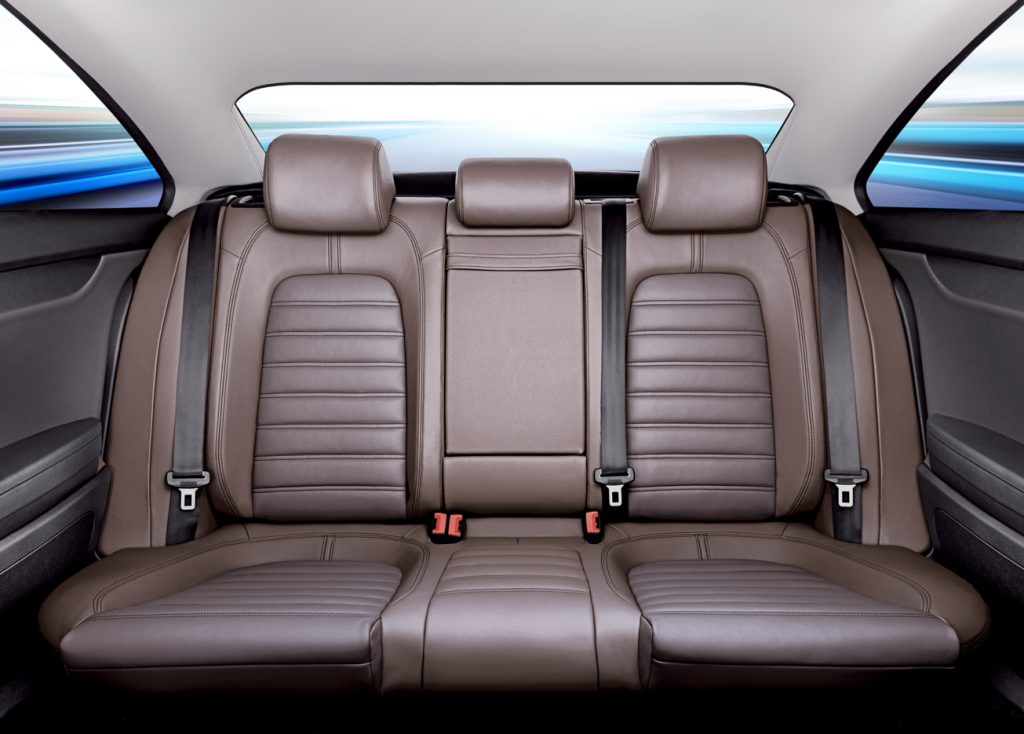The age of seven is a huge milestone in my house, because that’s when you no longer need a booster seat and you are allowed to sit in the front seat.
Of course, my rookie error here was that now with two children qualifying for this esteemed privilege, daily fights over who called ‘shot gun’ are now the norm.
But it seems I could have saved myself some headaches, as there is some alarming information that indicates my seven-year-old’s transition out of the booster seat may have been premature.
The law versus the experts
According to the law in my state (QLD), once a child turns seven they are legally allowed to use the sash seat belt and sit in the front seat. There is no mention of height or weight considerations.
However, according to expert recommendations set out in the report Best Practice Guidelines for the Safe Restraint of Children Travelling in Motor Vehicles 2013 by Neuroscience Research Australia and Kidsafe Australia:
Once a child has outgrown their forward facing child restraint, they should use a booster seat (Type E or Type F in AS/NZS 1754) until they are too tall for it or can achieve good seatbelt fit as assessed by the ‘5 step test’ (approximately 145-150cm or up to approximately 12 years of age).
At 130cm, my now nearly nine-year-old is far from 145 cm. In fact, his 11-year-old brother has only just reached this height, and he has been using a sash seat belt for the last four years!

Some of the other Australian state guidelines mention height and weight considerations but in all states it is legal for seven-year-olds to travel in the front seat and to be out of a booster seat. However, few mention the recommendation that children under 12 should not sit in the front seat, and should use a booster up until 145cm.
Why are the laws so different from the expert guidelines?
The reality is all kids are different. The “five step test” mentioned in the recommendation above should be used by parents to determine whether it is safe to transition their child out of a booster seat or car restraint.
The the 5 step test includes:
- Can your child sit all the way back against the seat?
- Do your child’s knees bend comfortably in front of the edge of the seat?
- Does the sash (shoulder) belt sit across the middle of the shoulder not on the neck or the arm?
- Is the lap belt sitting low across the hip bones touching the thighs?
- Can your child stay seated like this for the whole trip?
I must confess my younger son would answer NO to many of these questions, and I am glad I relegate him to the back seat for trips longer than the school run. But putting him back in a purpose-made booster seat is not a likely option. Particularly, since none of his peers are in one. After all, how many 9-12 year olds do you see using boosters or restraints?
More kid safety tips:
In-built boosters are a godsend
I am fortunate to have a car with in-built boosters, which we will be going back to using as it will help position his body better while using a sash seatbelt. And I will definitely be keeping my youngest child in her restraint for much longer than her brothers!
Meanwhile, it’s clear that state laws need to be updated to more clearly reflect the national safety recommendations to ensure all of our kids are kept as safe as possible on the roads.
At what age did your child leave their booster seat?


1 Comment
Son of a gun, this is so hepfull!